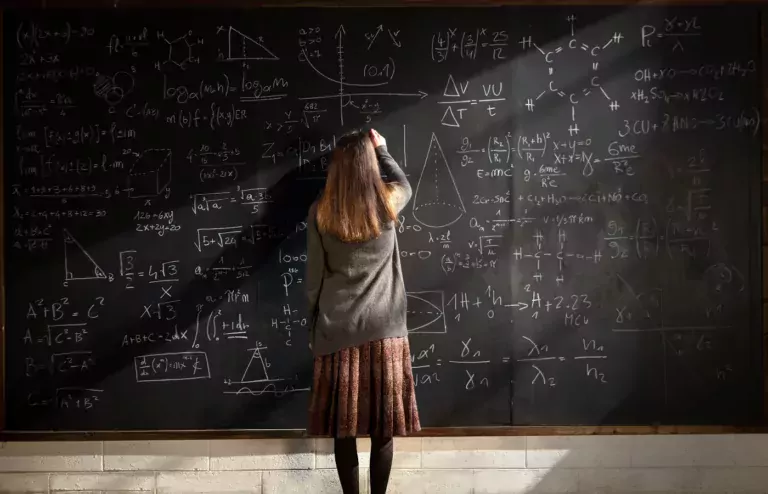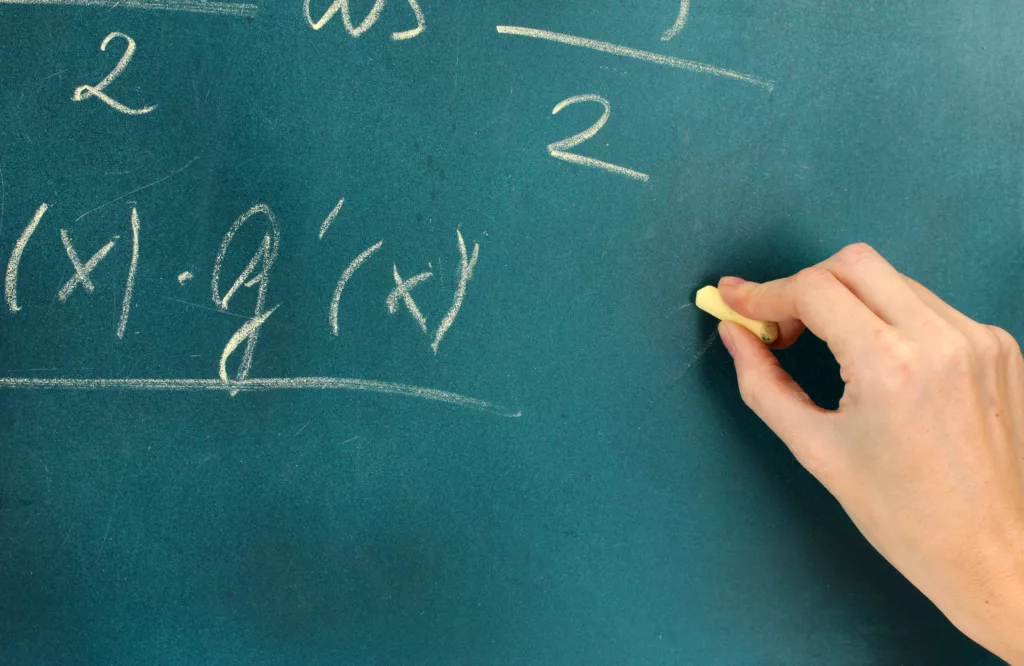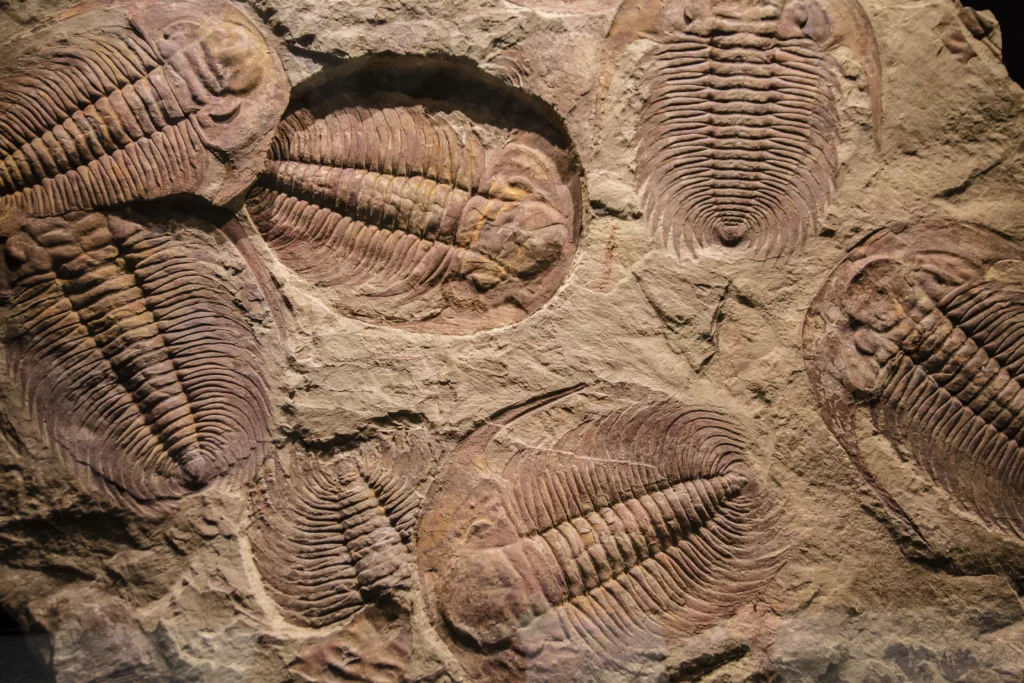When you think of famous figures who have contributed to the study of science, the first names that tend to come to mind are Albert Einstein, Alexander Fleming, Isaac Newton, and, more recently, Stephen Hawking. Unfortunately, nobody immediately thinks of the contributing women. But names such as Katherine Johnson, Katsuko Saruhashi, Mary Anning, and Rosalind Franklin, to name a few, deserve just as much recognition as their counterparts. These impressive women have contributed vastly to science, technology, engineering, and mathematics. Below we will explore the incredible work they have done and the legacies they have left behind.
- 1. Katherine Johnson
Born in 1918, Katherine Johnson was an accomplished American mathematician who would go on to work for the National Aeronautics and Space Administration (NASA). The road to her becoming a key figure in science was clear from a young age.
Having graduated high school at the age of 14, her excellence continued into university with her moving on to complete every math class offered. After receiving degrees in both mathematics and French, Johnson was one of only three black students handpicked to integrate West Virginia’s graduate schools due to her outstanding mathematical skills. While this alone is an impressive achievement, it’s just one of Johnson’s many accomplishments throughout her life and career.
In 1952, she discovered an open position for the National Advisory Committee for Aeronautics (NACA) – the predecessor to NASA – at the Langley Research Centre. The following year, she began working there. Johnson would spend the next four years working in the flight research team until 1957, when the launch of Sputnik, the Soviet Satellite, changed history and her life.
Through this role, she calculated the trajectory of America’s first human spaceflight in the early 1960s, published dozens of technical papers, and was one of the first women at NASA to be cited as the author of agency reports. In 1969, Johnson manually checked numbers that had run through a computer program to ensure the Apollo 11 moon landing was successful – putting Neil Armstrong on the moon. This task marked a turning point in the competition between the United States and the Soviet Union’s race to get into outer space.
2. Chien-Shiung Wu
Chien-Shiung Wu was a Chinese-American pioneer in the field of physics who became known by the moniker “First Lady of Physics”. Through her groundbreaking experiments, she made significant contributions as a physicist, won numerous awards and inspired future generations.
Born in a small fishing town north of Shanghai, she attended school upon her father’s insistence, who, unlike many in China in the early 1900s, believed girls should receive an education. Wu went on to study physics at university and, upon graduating, became a research assistant – where she excelled, with her supervisor encouraging her to pursue further education in America.
Arriving in America in 1936, Wu would complete her PhD in physics in 1940. While she was unable to find work in a research position at a university, she went on to become a teacher, making her the first woman in Princeton University’s physics department.
In 1944, during World War II, Wu joined the Manhattan Project at Columbia University as a senior scientist. This classified government initiative sought to develop the first atomic weapons in the United States, and Wu’s work involved improving radiation detection and the enrichment of uranium. She continued to work and lend her efforts to Columbia until her retirement.
Wu made significant contributions to physics throughout her career. From providing the first confirmation of Enrico Fermi’s 1933 theory on beta decay to researching answers to biological questions about blood and sickle cell anemia, and being the first woman to serve as president of the American Physical Society, Wu’s work remains highly regarded today and her legacy continues to encourage young women today to study Master of Education (STEM) online.
3. Katsuko Saruhashi
Katsuko Saruhashi was a pioneering Japanese geochemist whose groundbreaking work focused on radioactivity spread through oceans, acid rain, and CO2 levels in water. Throughout her life and career, she pushed for the greater good of humanity and paved the way for future women in science.
Born in Tokyo in 1920, Saruhashi had a childhood fascination with raindrops, leading her to wonder what caused rain to fall. It was this curiosity that fuelled her education. She went on to graduate from the Imperial Women’s College of Science, becoming the first woman to obtain a Ph.D. in Chemistry from the University of Tokyo, the first woman elected to the Science Council of Japan, and the first woman to win the Miyake Prize for geochemistry.
Saruhashi rose to prominence when she developed the first method for measuring carbon dioxide in seawater – this became known as Saruhashi’s Table and was adopted as the global standard. Her work showcased that the Pacific Ocean releases twice as much carbon dioxide as it absorbs. This, in turn, indicated that the seawater’s capacity to absorb carbon dioxide could not significantly mitigate global warming.
Her second major area of research was in nuclear radiation. The United States continued carrying out nuclear tests after World War II in the Pacific Ocean, near Bikini Atoll. When several Japanese fishermen became ill while out on the testing site, Saruhashi was asked to investigate. She found conclusive evidence of radioactive fallout from nuclear testing, which assisted with determining the limits for oceanic nuclear testing.
Saruhashi was a big advocate for equal opportunities for women in science. She established the Society of Japanese Women Scientists and founded the Saruhashi Prize, which is awarded yearly in recognition of the work of female scientists.
4. Grace Hopper
An American computer scientist, mathematician, and United States Navy Rear Admiral, Grace Hopper was considered to be one of the first modern computer programmers and a pioneer in coding.
Born in New York City in 1906, Hopper displayed an interest in engineering as a child. After graduating with a Master’s and Ph.D. in mathematics, Hopper went on to teach at Vassar College.
Following the bombing of Pearl Harbour and the United States’ entry into World War II, Hopper joined the Women Accepted for Voluntary Emergency Service (WAVES) and was granted an exemption to enlist. During this time, she was assigned to the Bureau of Ships Computation Project at Harvard University where she became one of the first programmers of the Harvard Mark I computer, which was an automatic sequence-controlled calculator. Simply put, the first operating machine that could execute long computations automatically.
Hopper was an advocate for important computing ideas and was committed to developing COBOL – the computer language that enabled users to write programs in English, with the computer converting it into machine code. Her work gained national attention and she was recognised internationally for her work with computers.
5. Mary Anning
A pioneering paleontologist and fossil collector, Mary Anning was born in 1799 in an area in southwest England that is now known as the Jurassic Coast. The child of an amateur fossil collector, Anning inherited her father’s gift and after his death continued fossil collecting as a source of income.
Around 1811, at just 12 years old, Anning dug out the outline of a 5.2-metre-long skeleton. While most people believed it to be a monster, scientists thought it was a crocodile. However, after years of studies, the specimen was identified as a marine reptile – neither fish nor lizard – and named Ichthyosaurus.
Following this, in 1823 she was the first to discover the complete skeleton of a Plesiosaurus, and in 1928 she uncovered the bones of what is now known as a Pterodactyl.
Today, several of Anning’s spectacular discoveries are showcased in the Natural History Museum in London, and the Jurassic Coast, where she made these finds, is now a UNESCO World Heritage Site that continues to captivate scientists and visitors alike.
6. Rosalind Franklin
Rosalind Franklin is possibly one of the most well-known contributors on this list. Born in Notting Hill, London in 1920, Franklin was a British chemist who was most known for her involvement in cutting-edge DNA research. Most notably, her contribution to the discovery of the double-helix structure of DNA.
Through her work in X-ray diffraction studies, primarily her efforts in making clearer X-ray patterns of DNA molecules, she laid the foundation needed for James Watson and Francis Crick to determine the structure of DNA consists of two DNA strands wound together in a double helix.
The list of revolutionary women in science, technology, engineering, and mathematics is an extensive one that goes on – including names like Marie Curie, Lise Meitner, Emmy Noether, and Edith Clarke. So putting a spotlight on the female figures who have paved the way for other women through their lives and work is crucial to keeping their voices alive.



